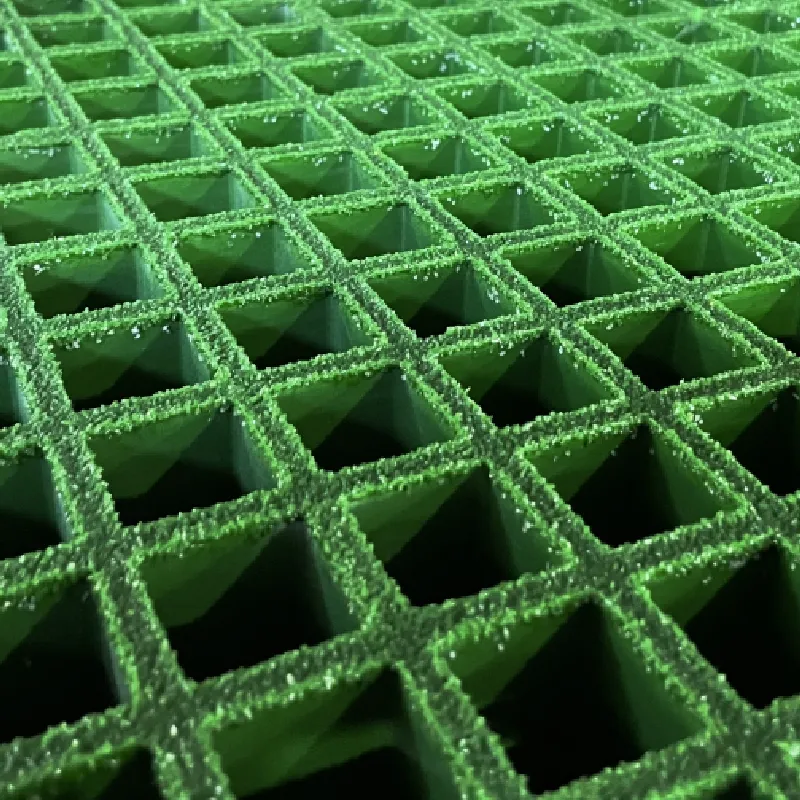loading...
- No. 9, Xingyuan South Street, Dongwaihuan Road, Zaoqiang County, Hengshui, Hebei, China
- admin@zjcomposites.com
- +86 15097380338
- Welcome to visit our website!
Understanding the Function and Maintenance of Well Water Pressure Tanks
Understanding Well Water Pressure Tanks Function, Importance, and Maintenance
Well water pressure tanks play a crucial role in the water systems of homes that rely on well water. They are essential for maintaining consistent water pressure, ensuring that homeowners have reliable access to clean water for various household needs. In this article, we will delve into the functions of pressure tanks, their importance, how they work, and tips for proper maintenance.
What is a Well Water Pressure Tank?
A well water pressure tank is a vessel that stores water pumped from a well and helps maintain water pressure in a home’s plumbing system. Typically made of steel or fiberglass, these tanks come in various sizes and are designed to hold a specific amount of water.
How Does a Pressure Tank Work?
The operation of a well water pressure tank revolves around the concept of pressure. When the well pump draws water from the underground water source, it pushes the water into the pressure tank. Inside the tank, there is a bladder or diaphragm that separates the water from the air space above it. As the pump fills the tank, the air in the top compresses, creating pressure.
When a faucet is turned on in the house, the water flows out of the tank while the air pressure pushes water into the plumbing system. This process ensures that water is delivered at a consistent pressure without requiring the pump to turn on every time a gallon is drawn. The well pump will activate when the pressure falls below a certain level, refilling the tank and maintaining the desired pressure range.
Importance of a Pressure Tank
1. Consistency in Water Pressure A well water pressure tank ensures a stable water supply, preventing fluctuations that can occur when the pump cycles on and off too frequently. This consistency improves comfort in everyday activities like showering, washing dishes, or watering the garden.
2. Pump Longevity By reducing the frequency of cycles, a pressure tank helps extend the life of the well pump. Continuous cycling can lead to wear and tear, which may result in costly repairs or replacement.
3. Energy Efficiency A pressure tank enables homeowners to save on energy costs. The well pump only runs when necessary, which reduces electricity consumption and lowers utility bills.
well water pressure tank

4. System Integration Pressure tanks can be integrated with water filtration systems and softeners, enhancing water quality and providing an efficient solution for the entire water system.
Maintenance Tips for Well Water Pressure Tanks
To ensure that your well water pressure tank operates efficiently and lasts for many years, consider the following maintenance tips
1. Regular Inspection Regularly check the pressure tank for any signs of wear or damage, such as rust or leaks. Ensure that connections and fittings are secure.
2. Monitor Water Pressure Use a pressure gauge to monitor the water pressure within the tank. The typical range should be between 40 and 60 psi. Adjust the pressure settings if necessary.
3. Check the Bladder If the presence of air pressure is not felt when tapping the tank, or if water is observed at the air valve, it may indicate a damaged bladder. A professional inspection may be required to replace the tank.
4. Annual Maintenance Once a year, consider hiring a professional to inspect the well pump, pressure tank, and overall system to ensure that everything is functioning optimally. Routine maintenance can prevent major issues down the line.
5. Water Quality Testing Regularly test the well water for contaminants to ensure it is safe to consume. Proper filtration and treatment systems can be employed to improve water quality.
Conclusion
A well water pressure tank is an indispensable component of a home’s water system for households relying on well water sources. Understanding its function, importance, and proper maintenance is key for ensuring consistent water pressure and prolonging the life of the well pump. By investing time in regular checks and maintenance, homeowners can enjoy the benefits of a reliable and efficient water supply system.
-
The Rise of FRP Profiles: Strong, Lightweight, and Built to LastNewsJul.14,2025
-
SMC Panel Tanks: A Modern Water Storage Solution for All EnvironmentsNewsJul.14,2025
-
GRP Grating: A Modern Solution for Safe and Durable Access SystemsNewsJul.14,2025
-
Galvanized Steel Water Tanks: Durable, Reliable, and Ready for UseNewsJul.14,2025
-
FRP Mini Mesh Grating: The Safer, Smarter Flooring SolutionNewsJul.14,2025
-
Exploring FRP Vessels: Durable Solutions for Modern Fluid HandlingNewsJul.14,2025
-
GRP Structures: The Future of Lightweight, High-Performance EngineeringNewsJun.20,2025
